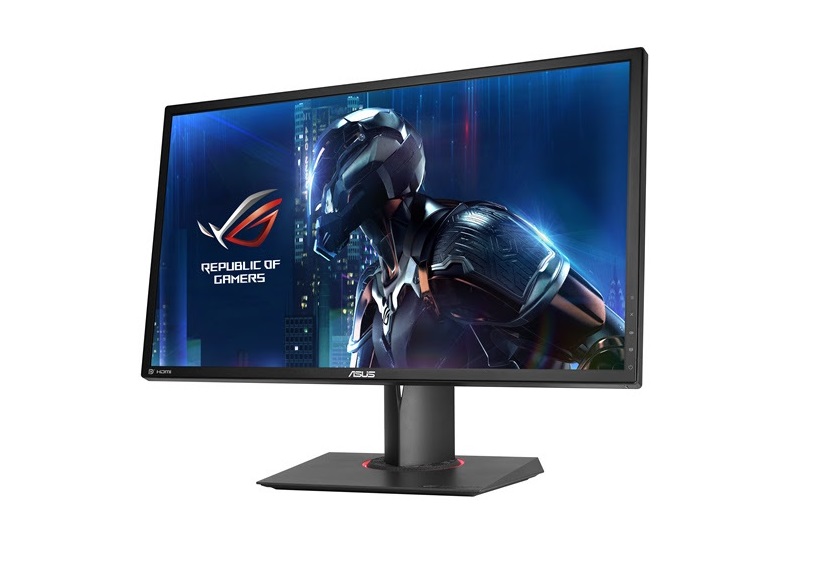It can be difficult to keep up with the ever-changing world – especially in business. Just as you’ve adapted to one new tech trend, along comes another that demands even more of your time, energy and money to keep your business on the cutting edge. If you’re hoping that will slow down or stop altogether in the coming years, you’re out of luck.
One of the latest indications of technology-driven change is “Millennials”, a word used to denote a generation of people born between 1986 and 2004 (depending on who you speak to, but those dates cover most bases).
These humans have grown up with vastly different ideas on how things should be done compared to the ideas of their forebears, largely based on their electronics-and-digital-services-filled development. Their attitudes and ideas have also been influenced by their parents who’ve insisted they should “follow their dreams” and that they could “be anything”, things that have shaped their expectations of what the future – and their place in it – should look like.
While side-effects of such an upbringing haven’t been entirely positive – millennials are often described as having unrealistic expectations and being disillusioned by their experiences of the real world – the new perceptions and expectations of these people who are now in the workforce and consumers in their own right have driven, and continue to drive, many fascinating conversations in the tech world.
And why not, freed as they are by ever-present internet connectivity and the fact that devices capable of delivering the work expected of them are seldom out of arm’s reach?
The Bring Your Own Device (BYOD) trend, integration of smartphones and tablets within enterprise environments, the rise of social media and apps, wearables and virtual reality applications are just a handful of examples of the ways in which the tech-savviness of a younger workforce have changed – and continue to change – the modern workplace.
Beyond the work environment, these same Millennials are also customers, and have a very different expectation of how they should be treated by their favourite brands. Research shows they want more personal interactions, offers tailored specifically to their individual needs, and they’re not afraid of sharing every detail of their lives via social media in order to generate the kind of profiles companies can use to deliver exactly that. Servicing them in the right manner and gaining their patronage is thus incredibly important in the 21st century.
Or is it? There is a risk that the needs of this Millennial generation (and how to service them) are being over-hyped. It’s fair to say that all people, regardless of when they were born, want good customer service from the companies whose goods and services they consume, and that today’s tech has merely expanded the channels by which that customer service can be delivered.
So what if a Millenial customer wants to be serviced via WhatsApp, or wants to leave feedback (and have it responded to) on Facebook, or for whom 24/7 service and support are expected? Ultimately, what that Millennial wants is world-class customer service, and for their queries to be logged and sorted out and that resolution communicated as efficiently as possible. That’s no different to anyone born outside of those Millennial years.
The question is, then, how businesses are rising to these challenges, not just for one particular generation, but for all of their customers. With so many more channels available today that can be used to do exactly that, there really is no excuse for a business to get it wrong.
Perhaps a more pressing issue is that Millennials – who form the largest consumer segment on the planet right now – are also de-sensitised to modern-day marketing efforts thanks to their daily bombardment by TV, radio, the internet and SMS-based advertising, making their actual experiences with any given company that much more important to their brand loyalty.
And because they also expect more from their service providers, reaching them and leaving a positive impression is not just a challenge, but vital to get right.
Doing that requires delivering the right level of service, in the right manner, using the most appropriate channels. It can be a huge differentiator for any business, and getting it right offers a definite strategic advantage over competitors who aren’t quite as forward-thinking.
[Image – CC By 2.0]
- Prominently-displayed Frequently Asked Questions on websites
- Contact methods by various mechanisms – phone, email, social media, live chats
- Social Media-based customer interaction and engagement
- Online videos showing customers how they can help themselves
- Intelligent Big Data analysis that allows sales to tailor offers to a customer’s specific needs
[/vc_message]







